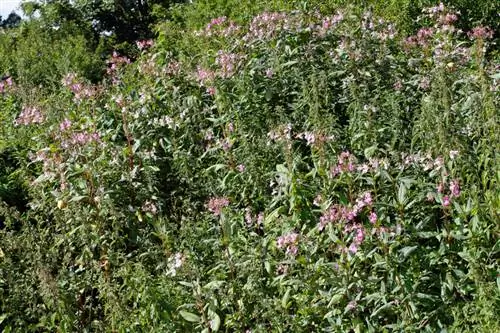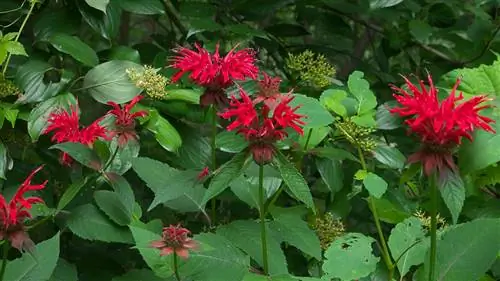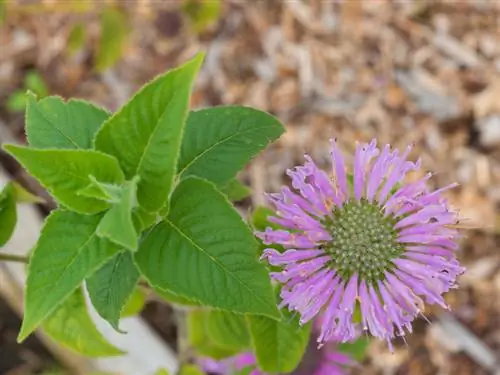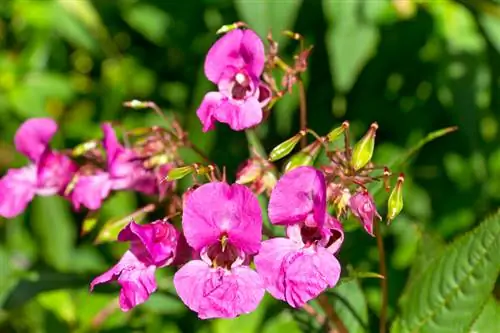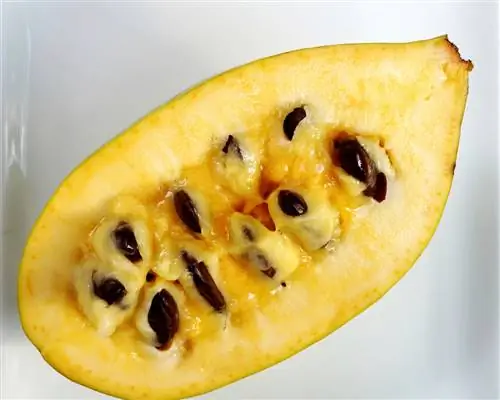- Author admin [email protected].
- Public 2023-12-16 16:46.
- Last modified 2025-06-01 06:02.
With its pale pink to crimson flowers and a height of a good two meters, it is a pretty eye-catcher in the home garden, but also a sometimes unwanted invader from Asia - the Indian jewelweed.

What is the best way to combat Indian balsam?
In order to effectively combat Indian jewelweed, it should be removed mechanically before seed formation by pulling it out or mowing it down. This prevents self-sowing and further spread of the plant.
Do you have to fight Indian balsam?
Opinions vary greatly on this point. While some people believe that Indian balsam should be completely eradicated in Europe because it displaces native plants, beekeepers, for example, are happy that their animals can find nectar through these plants until the frost. The Indian balsam also serves as a food plant for other insects
The answer, as so often, lies somewhere in the middle. Indian balsam has now spread very widely. If it takes up too much space in your garden, set limits for it. If your garden is large enough, you may want to leave some of the Indian balsam in a corner of the garden as a bee pasture. The seeds are even edible for humans.
Mechanical or chemical - which control makes more sense?
Mechanical destruction is recommended for Indian balsam. It is very easy to pull out, especially in slightly moist soil. The earlier in the year you do this work, the easier it is because the herb is still small. If it grows over a very large area, you can simply mow it down to prevent self-seeding and further spread.
Around after the summer solstice, the Indian balsam begins to grow properly and reaches a height of over two meters. Then tearing it out is quite a laborious job. In any case, you should remove the Indian balsam before flowering begins in July and the seeds form. Because they remain viable for several years. The balsam itself, on the other hand, is an annual and dies with the first frost at the latest.
The most important things in brief:
- annual herb
- self-seeding
- Seeds can germinate for many years
- mechanically easy to remove
- remove before flowering/seed formation
Tip
If you have decided to destroy the Indian jewelweed mechanically, it is best to pull it out before the seeds form, otherwise the herb will accompany you for several years.

